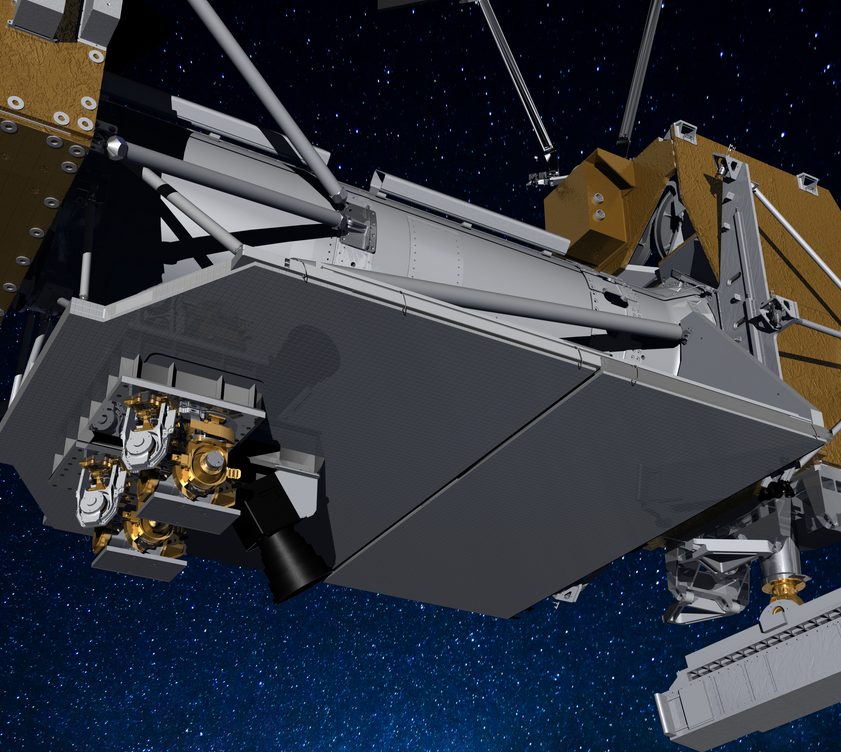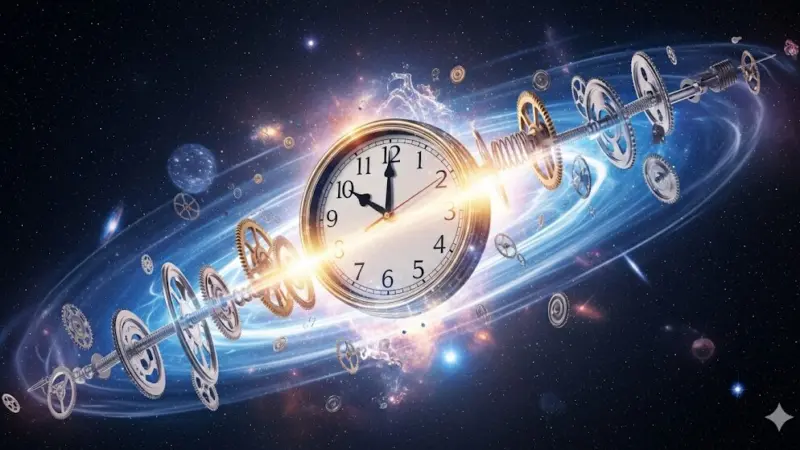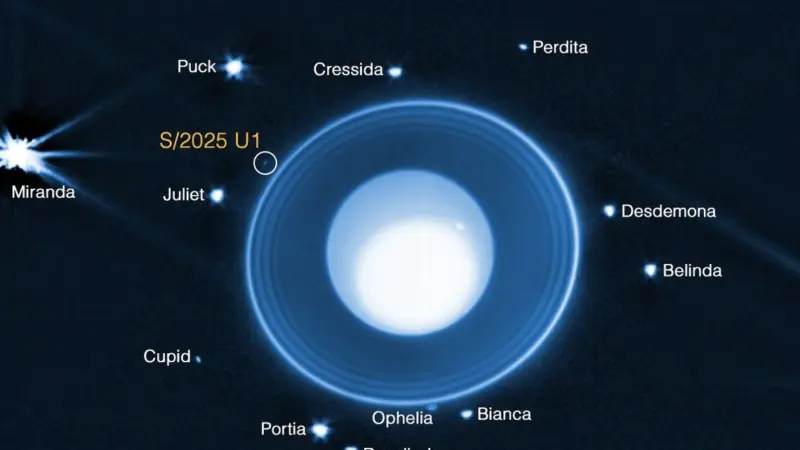ILLUMA-T: NASA’s Laser Communication System Ready for Space Trials

NASA is set to conduct trials of a laser communications system on the International Space Station. Known as ILLUMA-T, the system will utilize invisible infrared light to transmit and receive information at higher data rates than previous technologies. If successful, this system could revolutionize the way we send information from space missions back to Earth. While some may not appreciate the importance of space research, it is worth noting that technologies such as GPS have become integral to our daily lives. In the future, we may even be able to send photos and media by beaming them directly to a recipient’s device, bypassing the need for the internet.
I will delve into the details of NASA’s latest laser communications program. In addition, I will explore other space and communications projects that are similar in nature. The progress made in laser data transfer technologies is truly remarkable.
NASA’s Laser Communications System
So, how does the NASA laser communications system work? The development of laser communications technology by the National Aeronautics and Space Administration began in December 2021. The Laser Communications Relay Demonstration (LCRD), however, required an additional system to create a complete end-to-end solution. In 2023, NASA plans to launch the Integrated LCRD Low Earth Orbit User Modern and Amplifier Terminal (ILLUMA-T) to the International Space Station. The Space Communications and Navigation (SCaN) program will then conduct the demonstration using ILLUMA-T and LCRD, utilizing invisible infrared light to achieve higher data rates than previous space communications systems. The success of this trial will enable NASA to transmit more images and videos from its space missions to Earth, benefiting expeditions within low orbit distances.
Advantages and Potential of Laser Communications
According to Matt Magsamen, deputy project manager for ILLUMA-T, the terminal will be capable of sending high-resolution data, including pictures and videos, to LCRD at a rate of 1.2 gigabits-per-second. From there, the data will be transmitted from LCRD to ground stations in Hawaii and California. This demonstration will showcase the advantages of laser communication for missions in low Earth orbit. By offering increased flexibility and faster data transmission from space, laser communications have the potential to enhance future missions. As Badri Younes, former deputy associate administrator for NASA’s SCaN program, states, “We are integrating this technology on demonstrations near Earth, at the Moon, and deep space.” The efficiency and reduced weight of laser communications systems make them ideal for spacecraft design. The ILLUMA-T is approximately the size of a typical refrigerator and will be attached to an external module on the ISS. Eventually, laser communications will work alongside radio frequency systems, allowing us to receive and analyze data from space more quickly.
Other Laser Communications Projects
But what about other laser communications projects? NASA acknowledges that the ILLUMA-T and LCRD are not the first advancements in this field. For example, the Lunar Laser Communications Demonstration, which dates back to 2014, relayed information between lunar orbit and Earth. The Optical Payload for Lasercomm Science, developed in 2017, demonstrated the ability of lasers to significantly increase data rates compared to radio signals for communication between Earth and space. Last year, the TeraByte InfraRed Delivery System began testing laser communications on a small CubeSat in low Earth orbit. Laser communications also hold promise for future Moon, Mars, and deep space missions.
Laser Communications on Earth
It is interesting to note that laser communications research has also made progress here on Earth. Alphabet, Google’s parent company, has been working on a new form of internet connectivity that employs lasers. This innovation, known as Project Taara, utilizes light to transmit information at high speeds through the air in a narrow, invisible beam. The aim is to address the lack of internet connectivity in remote rural areas, where traditional cable networks are impractical and costly. Transmitters equipped with lasers send data to receivers, which decode and convert the information into bytes. Project Taara has already been deployed in Africa and India, with the potential for expansion to other countries in the future.
Final words
NASA’s laser communications system will undergo testing on the International Space Station. By utilizing infrared beams, this system has the capability to transmit and receive data at a much higher rate than previous technologies. This advancement has the potential to revolutionize the way we send information from space missions back to Earth, as well as improve communication in general. Combining the innovations of NASA and Google’s Project Taara could lead to even more powerful and efficient communication systems in the future.






